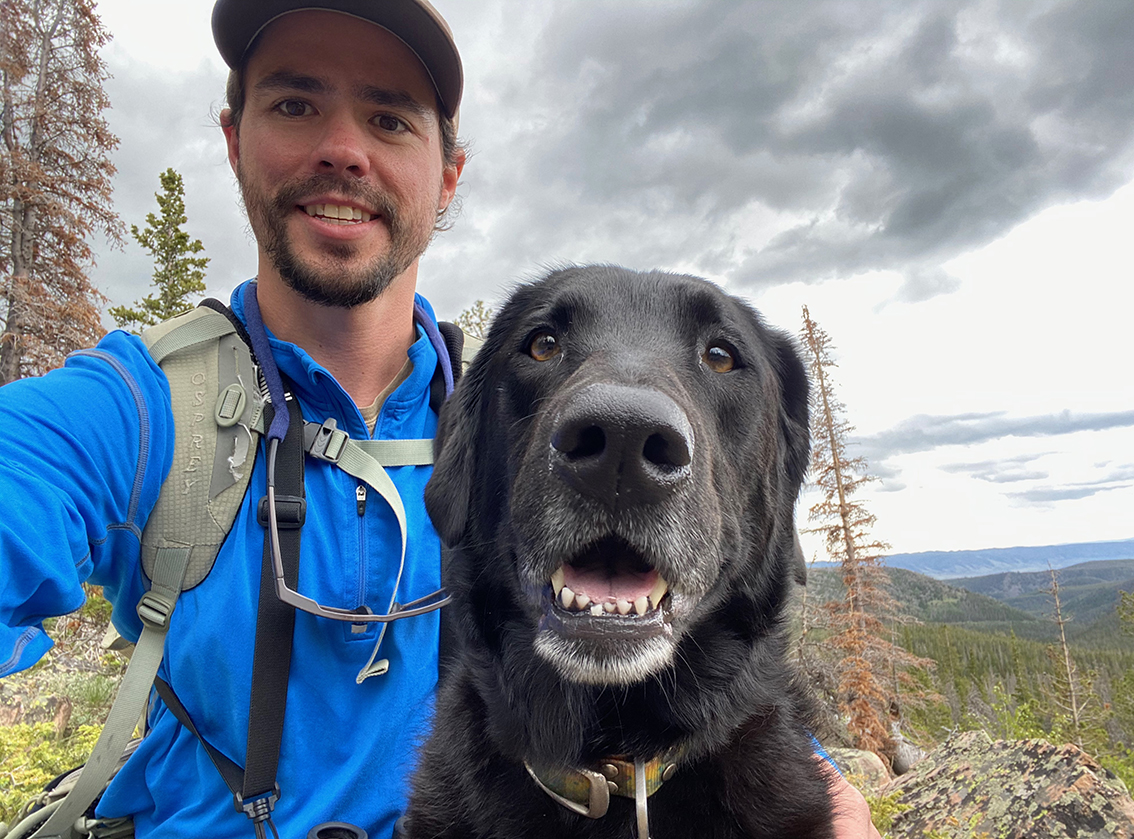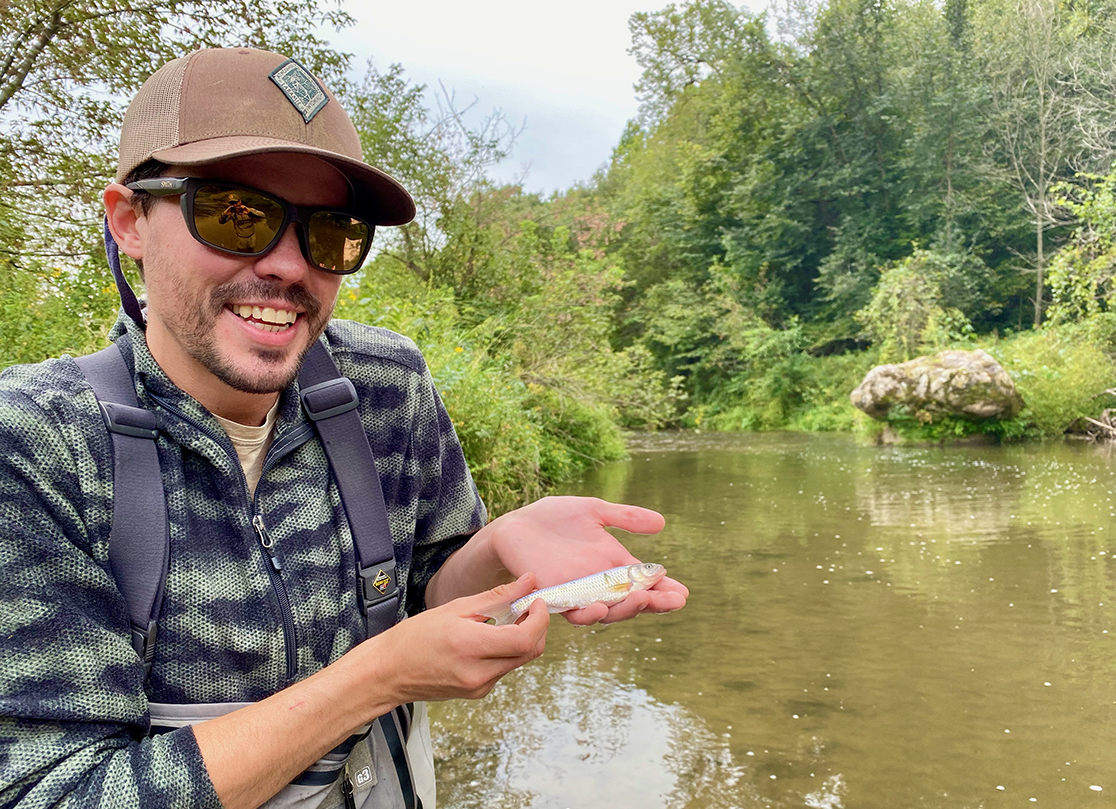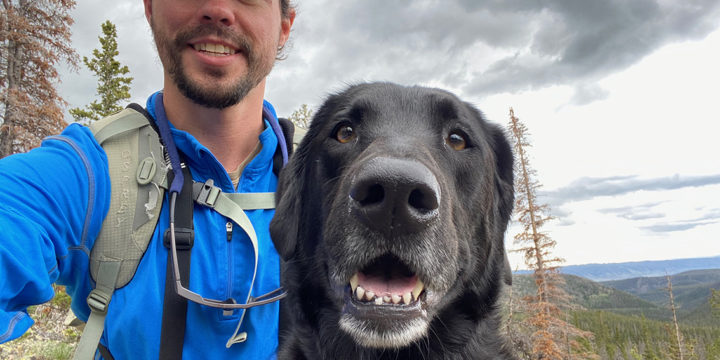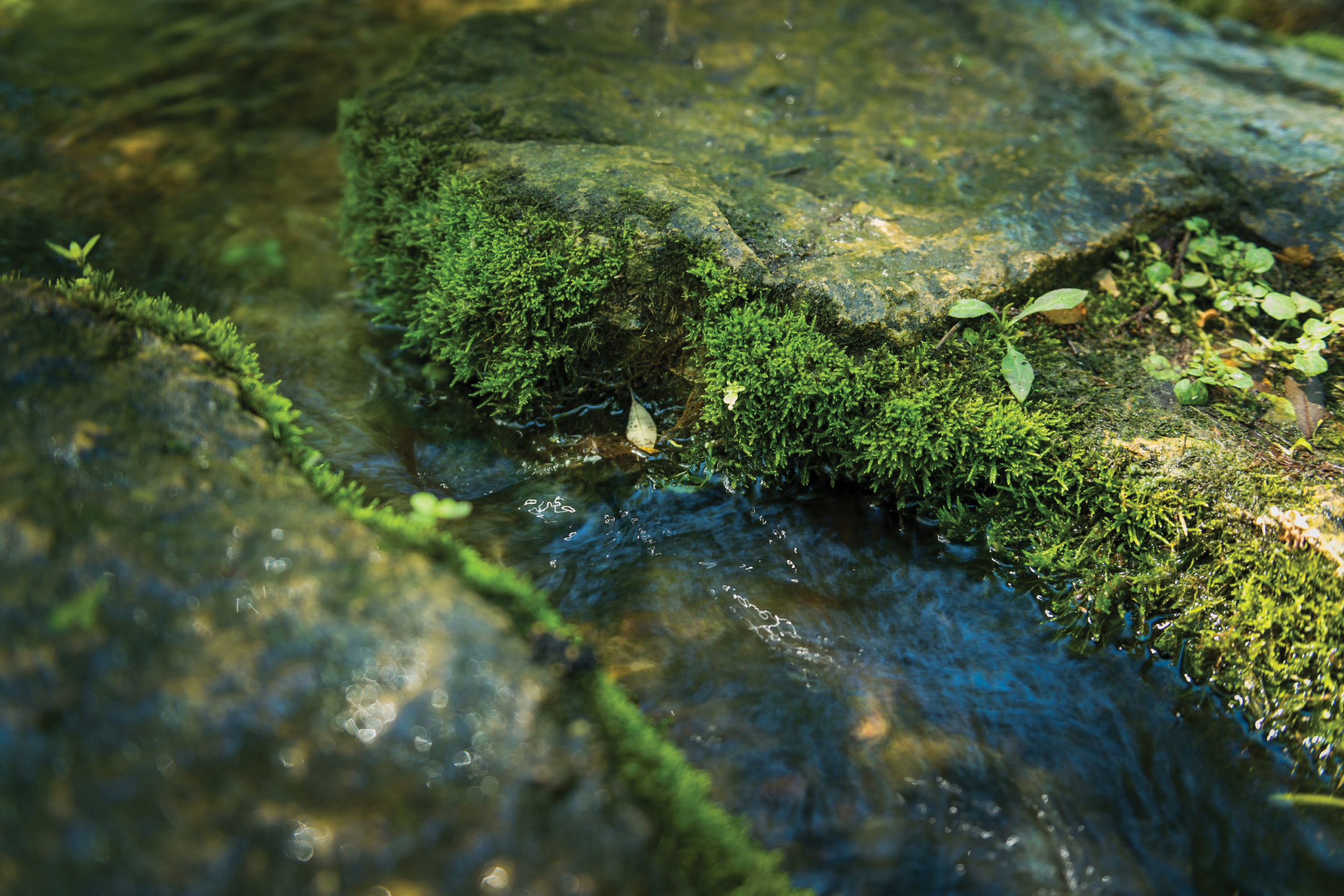Dec. 8, 2020
By Jennifer A. Smith
While it’s not news to avid anglers, many Wisconsinites may be unaware that the Badger State has over 13,000 miles of coldwater streams that support many world-class fisheries for brook trout and brown trout.

Coldwater streams are flowing waters with maximum summer temperatures under 72 degrees Fahrenheit. Trout living in these streams not only play an important role in ecosystems, but also represent significant economic value to the state. For example, according to research done by retired University of Wisconsin-La Crosse Professor Donna Anderson, trout fishing in Wisconsin’s Driftless region had an economic impact of $1.6 billion in 2015.
But these brook and brown trout face challenges. Two leading ones are climate change (and the resulting shifts in precipitation patterns and flood frequency) and high-capacity wells in the state, as those wells draw groundwater that might otherwise replenish streams.
Here to better understand these challenges—and ultimately help natural resource managers make decisions related to trout populations—is Bryan Maitland, a new Wisconsin Water Science-Policy Fellow whose position is jointly supported by the University of Wisconsin Water Resources Institute (WRI) and the Bureau of Fisheries Management at the Wisconsin Department of Natural Resources.
Maitland, who recently completed his doctorate in ecology at the University of Wyoming in Laramie, began his fellowship Sept. 1. He also holds a master’s degree in conservation biology from the University of Alberta in Canada. The fellowship is a one-year commitment with a possibility for a second year.
During this time, he’ll focus on building computer models that illuminate how long-term changes in hydrology across the state are affecting trout populations. “The flip side of this,” he said, “is the conservation and management side, translating it into some type of decision support tool that decision-makers can use to inform policy in the state.”
As Maitland elaborated, climate change has brought shifting precipitation patterns that have altered Wisconsin’s hydrology. Increased precipitation–and particularly the frequency of intense precipitation events–has triggered floods in rivers and streams statewide. Depending on their timing and severity, these floods can threaten the emergence of trout fry or the survival of juvenile trout.
For example, a big winter flood can “scour out these little trout eggs that are growing under the stream in the substrate” that time of year, said Maitland. As a result, that year class of fish could be wiped out since eggs will not hatch in the spring. “That age-zero year class is really important for long-term trout population dynamics, because if you don’t have a good age-zero cohort, you can have very depressed populations in the stream for multiple years after that,” he noted.
At the same time, some high-capacity wells have the potential to deplete groundwater levels, thereby reducing input into nearby streams.
“The reason we have 13,000 miles of streams is because we have really good groundwater here in Wisconsin and good input into streams, which helps keep these streams colder in the summer and a little warmer in winter,” said Maitland, creating a favorable environment for brook and brown trout.

Maitland’s modeling work will pull together these two large-scale factors, and their interplay, to see how trout populations have been influenced over the past 26 years. Fish data collected from 1994 to 2020 are being used to inform the computer models to investigate how stream flow, precipitation and water temperature drive trout population numbers. Looking to the future, Maitland and collaborators will examine how increases or decreases in stream flow are likely to affect trout populations, with an eye to guiding a management framework for things like high-capacity well permits.
While economic considerations like the value of Wisconsin’s recreational trout fishery are outside the scope of his work, this effort could set the stage for other researchers to pursue this topic.
Maitland is an angler himself, which explains part of the appeal of this topic for him. Yet another draw is the chance to work with an array of other fellows and with permanent staff at the Wisconsin DNR. His collaborators at the DNR include former WRI fellow Alex Latzka, now a fisheries systems biologist there, and Lori Tate, section chief at the Fisheries Management Bureau and a member of Wisconsin Sea Grant’s Advisory Board. His efforts will intersect with that of other current fellows like Carolyn Voter and Dana Lapides.
“I think science and policy are team sports,” said Maitland. “To join such a big group of researchers and managers working on these big-picture issues in Wisconsin is very exciting.”




